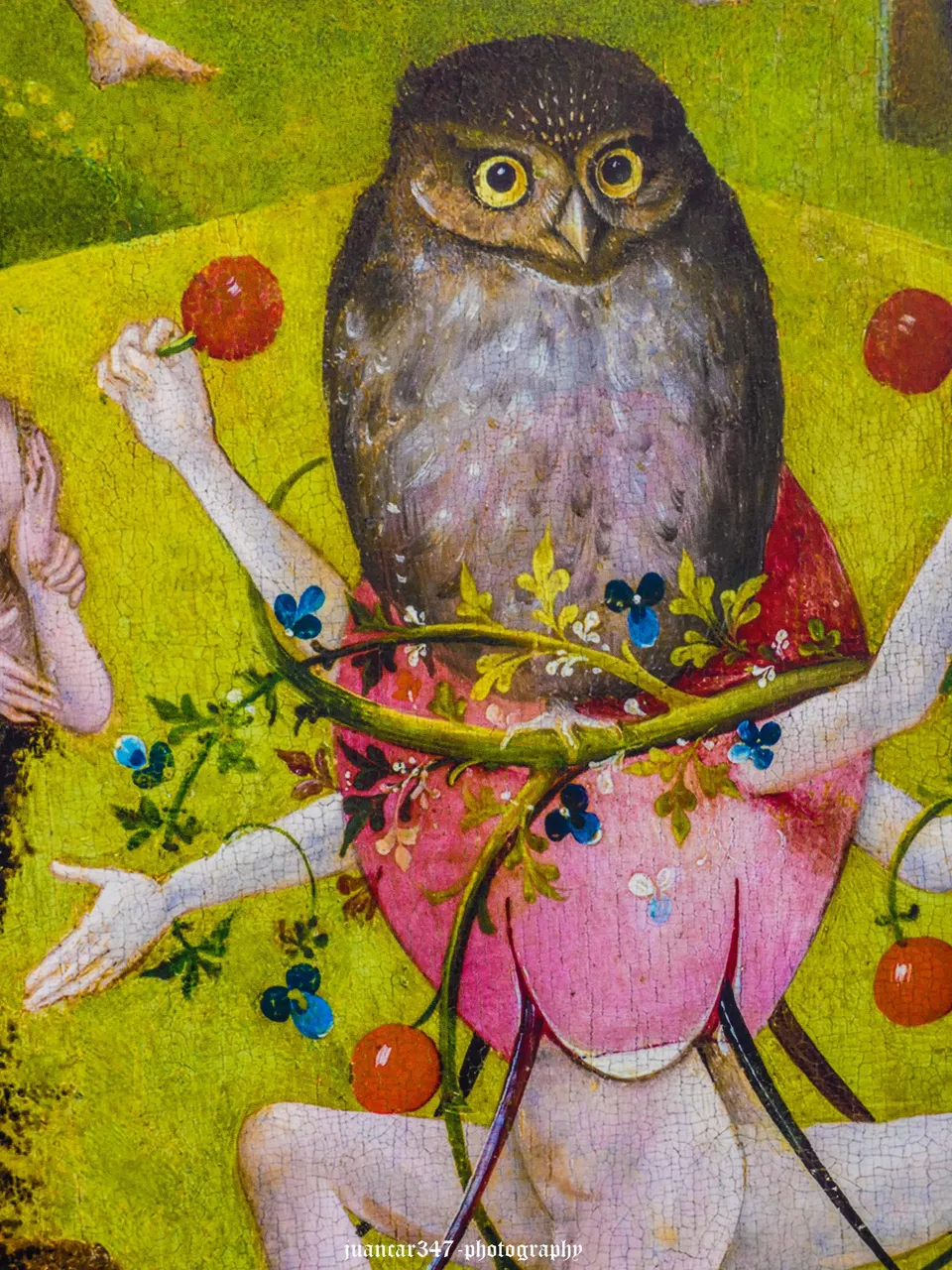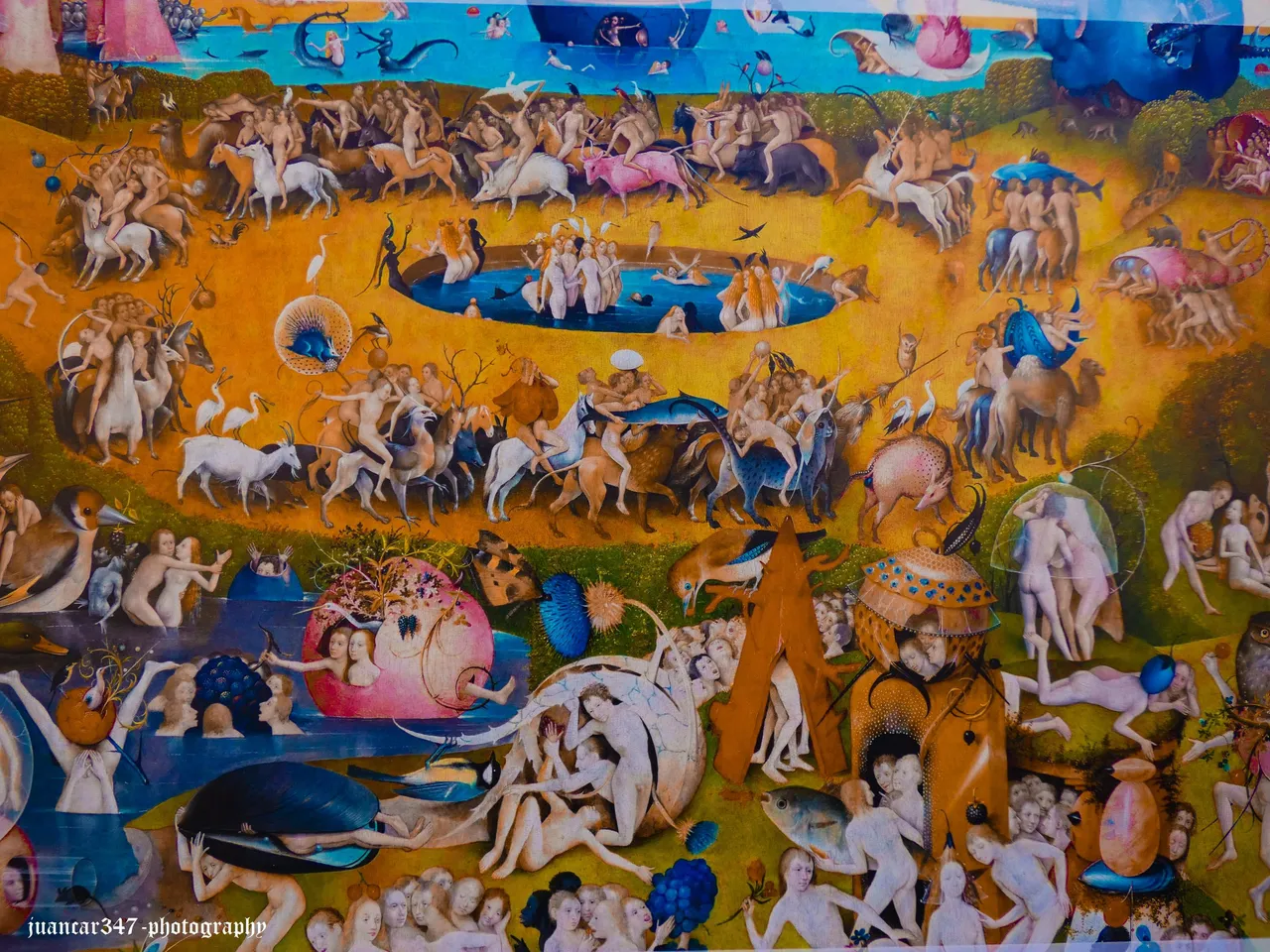
He was considered the most Catholic of the kings in his time and yet, such an eminent and exemplary position did not prevent him from walling alive in his Alcarria palace in Pastrana that comparative and metaphorical 'thunder dressed as a Nazarene', who, with permission by Don Antonio Machado, was the female version of his famous Andalusian knight Don Guido: the Princess of Eboli. Nor was his ultra-conservative armor solid enough to not allow himself to be pierced by the no less metaphorical poisoned arrowhead of a heterodoxy, whose ineffable seduction had led him to try the execrable arts of an Inquisition, which, centuries later, when the liberalism saw the birth of the Enlightenment, would have delighted the Marquis of Sade. So much so, that he came to possess the most complete collection of Occult texts of his time, many of which are still preserved in the library of that unique mountain building, which legend claims was built by the architect Juan de Herrera on one of the 'wells of Hell', which is none other, as you may have already guessed, than the monastery of Saint Lawrence of El Escorial, which is also stated to have been designed following the patterns of the famous Temple of Solomon.

But, perhaps, the most disconcerting and, at the same time, the most unknown thing in the life of Philip II, was his obsession with the works of one of the most unusual and little understood Flemish painters in the History of Art of all time, a character singular, whom his own contemporaries called, with great precision, 'the painter of demons': Hyeronimus Bosch, the Bosco. Not in vain, one of his masterpieces, precisely the one that all museums in the world envy and that has even recently served as inspiration to a multitude of modern artists, 'The Garden of Earthly Delights', was present, of its own volition, next to the head of his bed, during the entire time that his terrible agony lasted, which, judging by the chronicles of the time, must have been, in addition to being long terribly painful.
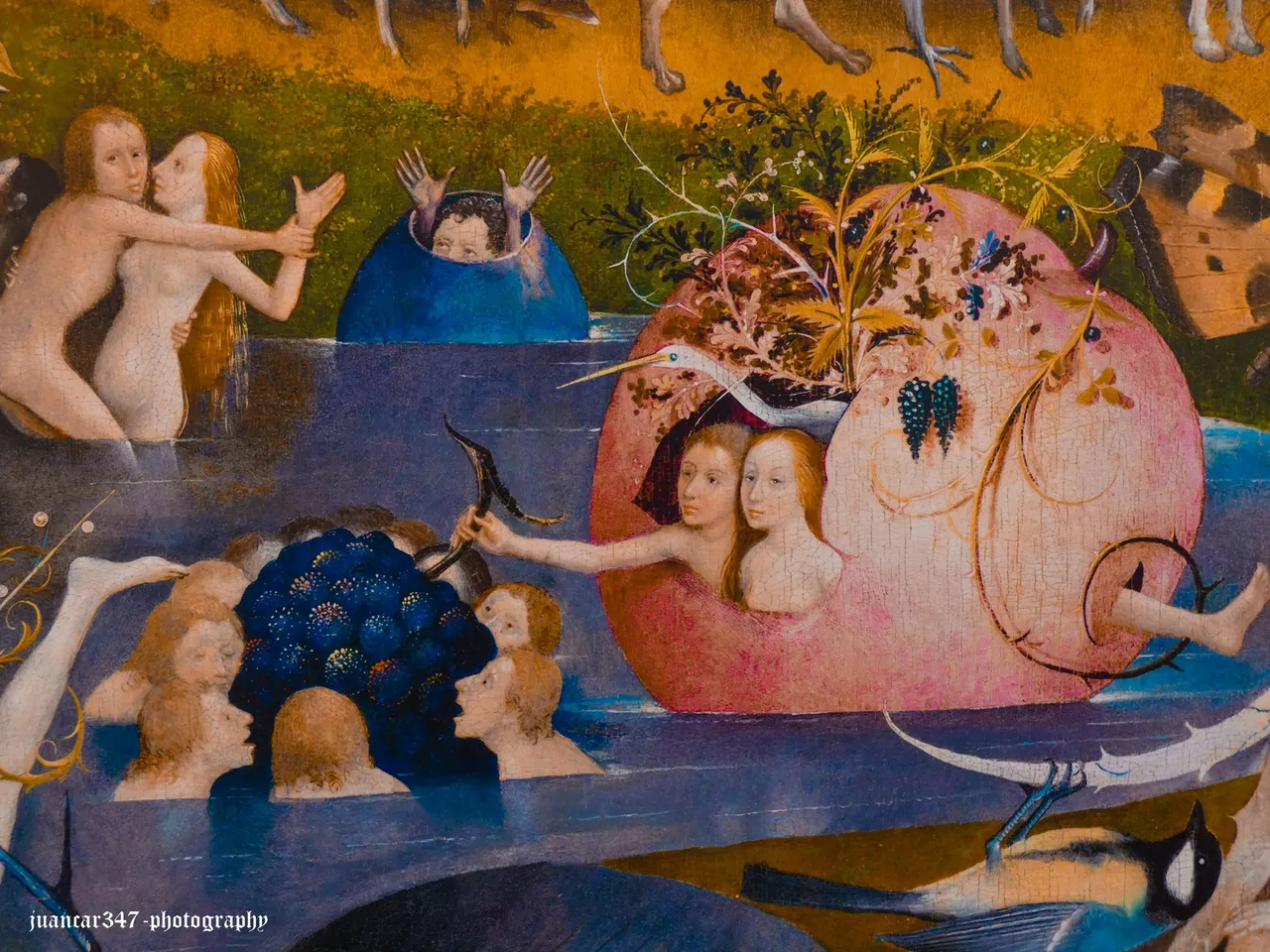
Estaba considerado como el más católico de los reyes en su época y sin embargo, tan eminente y ejemplar posición, no le impidió emparedar viva en su palacio alcarreño de Pastrana a aquel comparativo y metafórico ‘trueno vestido de Nazareno’, que, con el permiso de don Antonio Machado, fue la versión femenina de su famoso caballero andaluz Don Guido: la Princesa de Éboli. Tampoco su armadura ultraconservadora fue lo suficientemente sólida, como para no dejarse atravesar por lo no menos metafórica punta de flecha emponzoñada de una heterodoxia, cuya inefable seducción, había llevado a probar las execrables artes de una Inquisición, que, siglos más tarde, cuando el liberalismo vio nacer a la Ilustración, hubiera hecho las delicias del Marqués de Sade. Tal es así, que llegó a poseer la más completa colección de textos de Ocultismo de su época, muchos de los cuales, todavía se conservan en la biblioteca de ese singular edificio serrano, del que asegura la leyenda que fue levantado por el arquitecto Juan de Herrera sobre uno de los ‘pozos del Infierno’, que no es otro, como ya habrán adivinado, que el monasterio de San Lorenzo de El Escorial, del que además se afirma, que se diseñó siguiendo los patrones del famoso Templo de Salomón.
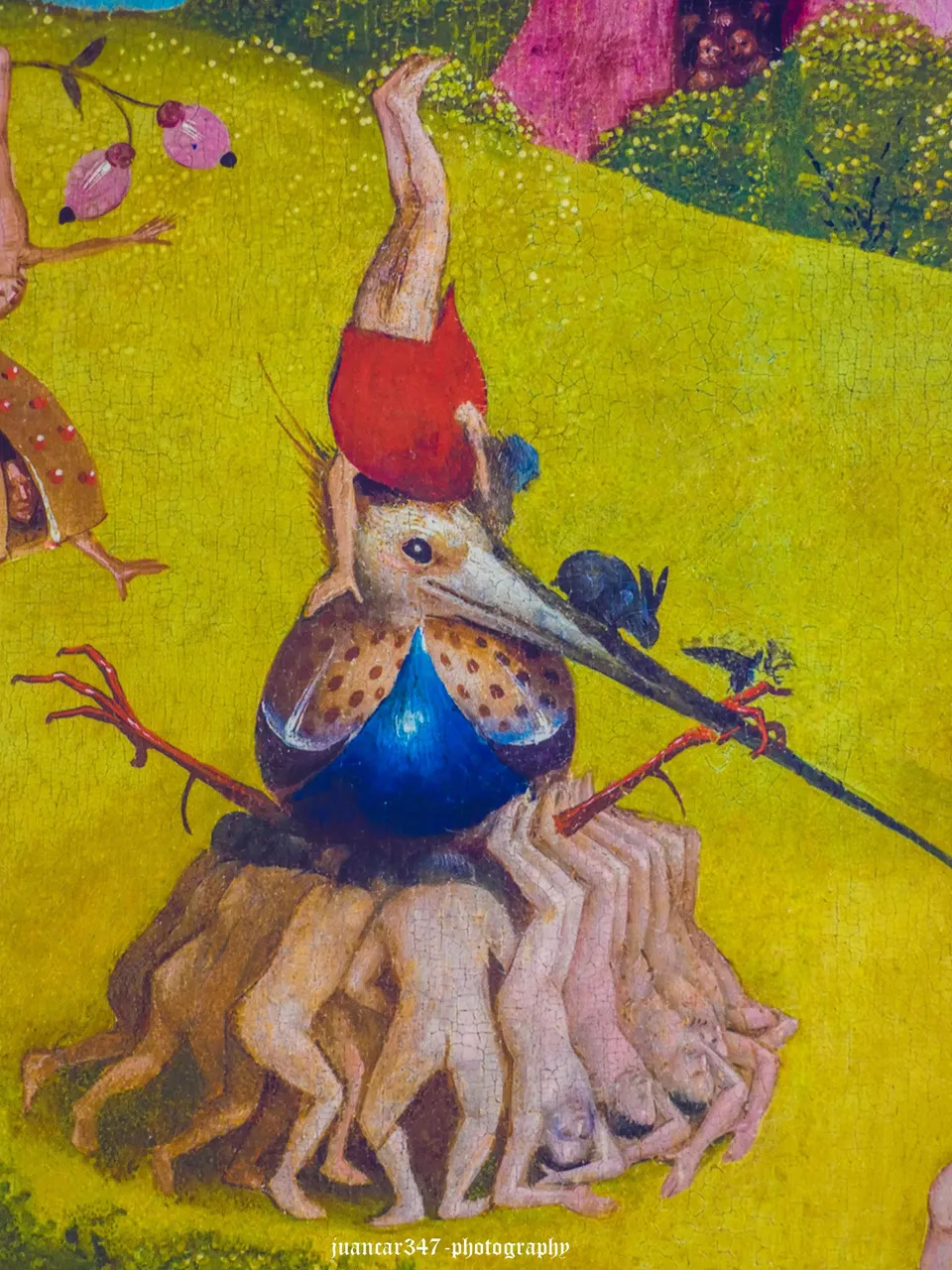
Pero, quizás, lo más desconcertante y a la vez, lo más desconocido de la vida de Felipe II, fuera su obsesión por las obras de uno de los pintores flamencos más inusitados y poco comprendidos de la Historia del Arte de todos los tiempos, un personaje singular, al que sus propios contemporáneos llamaban, con meridiana precisión, ‘el pintor de demonios’: Hyeronimus Bosch, el Bosco. No en vano, una de sus obras cumbre, precisamente aquella que envidian todos los museos del mundo y que ha servido, incluso, de inspiración recientemente a multitud de artistas modernas, ‘El Jardín de las Delicias’, estuvo presente, por voluntad propia, junto a la cabecera de su cama, durante todo el tiempo que duró su terrible agonía, la cual, a juzgar por las crónicas de la época, debió de ser, además de larga, terriblemente dolorosa.
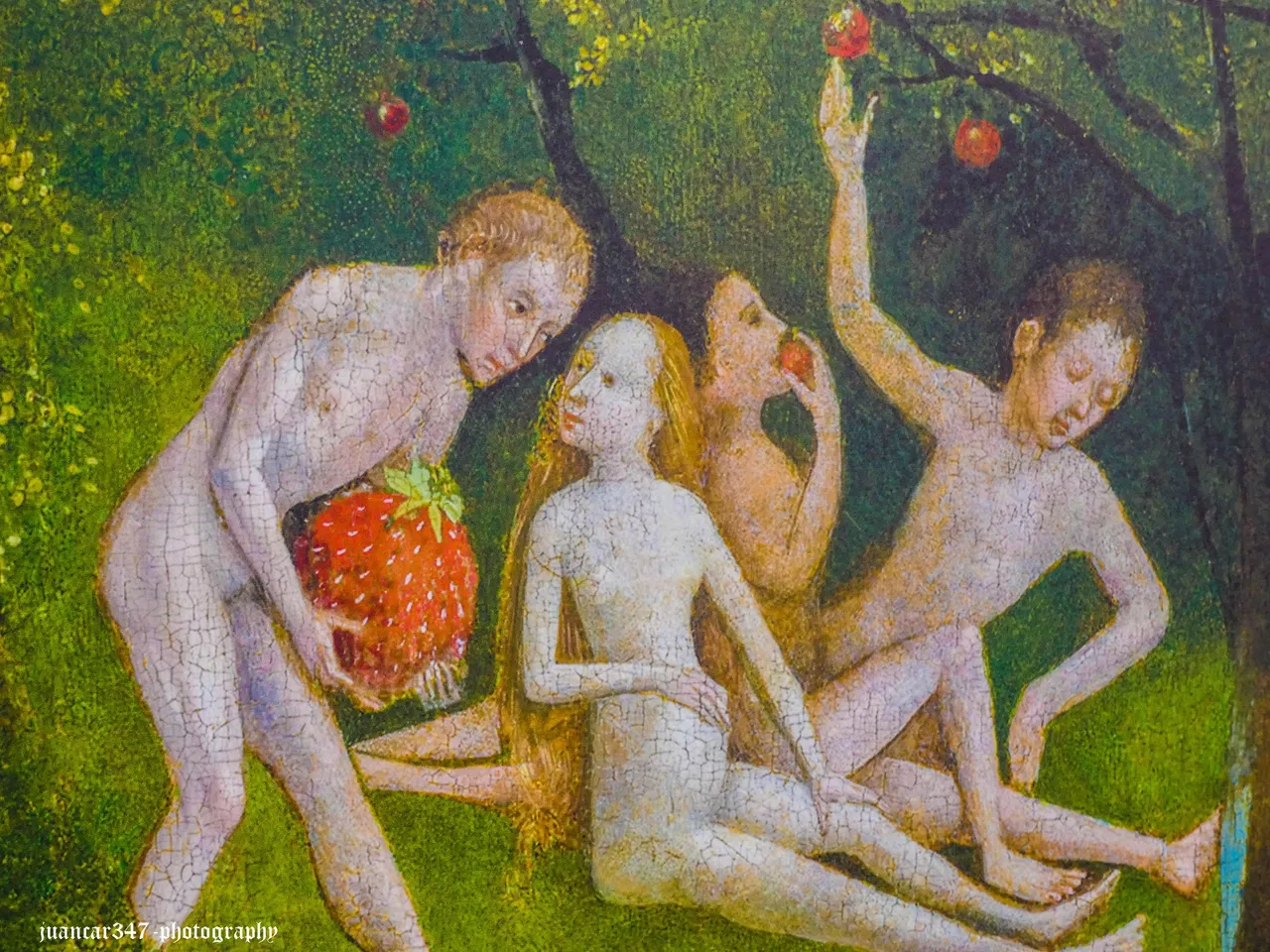
NOTICE: Both the text and the accompanying photographs are my exclusive intellectual property and are therefore subject to my Copyright.
AVISO: Tanto el texto, como las fotografías que lo acompañan, son de mi exclusiva propiedad intelectual y por lo tanto, están sujetos a mis Derechos de Autor.
